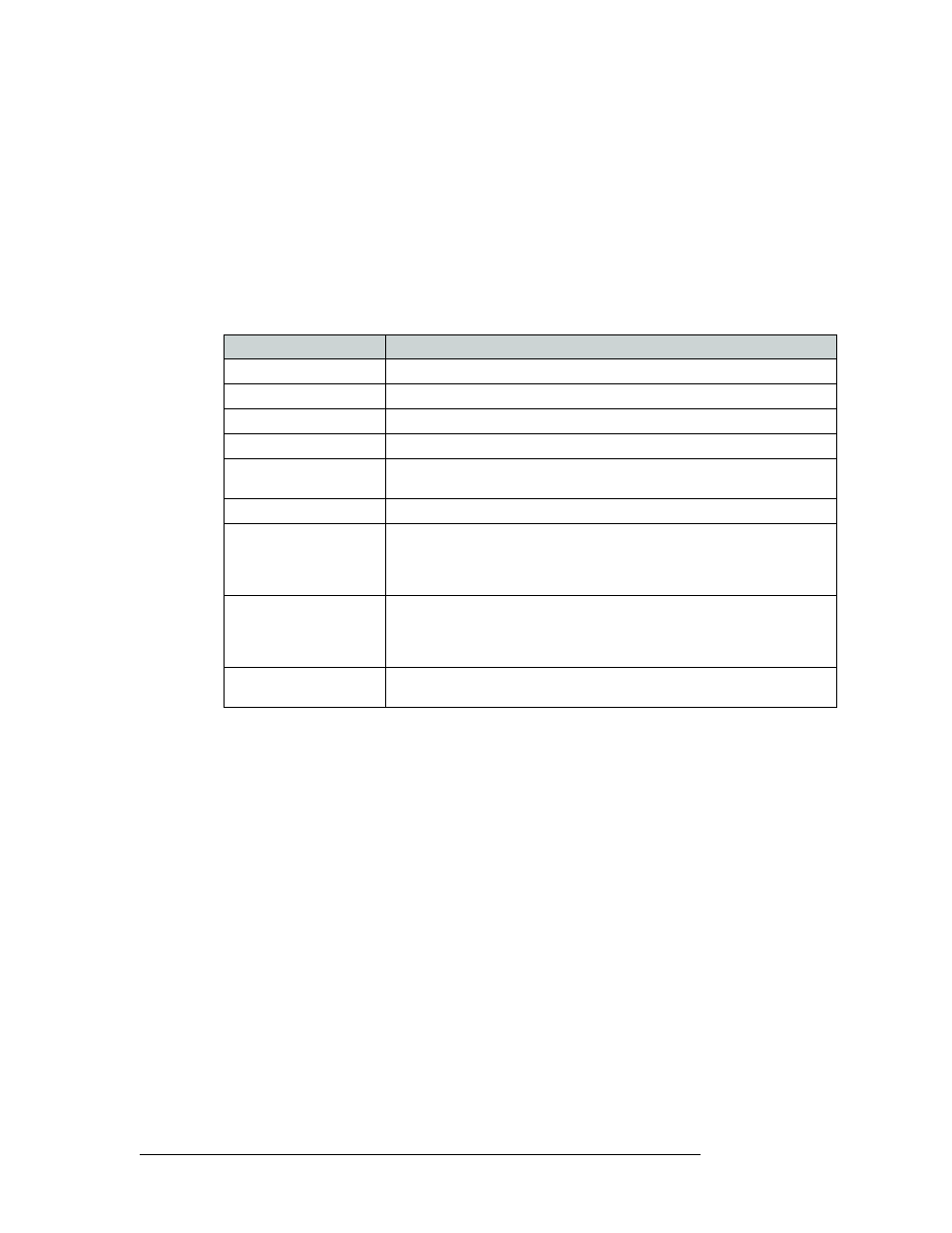How to unlock an individual or all locks, 4 click unlock selected, Lock maintenance – Grass Valley NVISION Compact CQX User Manual
Page 70

58
Rev 2.0 • 29 Mar 10
10. Lock Maintenance
Discussion
The levels are “flattened” in the lock list displayed on this page. For example, if a 32×32 HD router
had two partitions each numbered 1–16 and 1–16, the range reported for the HD router is 1–32 and
the output number given is for the router, not the level.
The case of AES routers is distinct: an AES router output is a stereo pair unless the router is in syn-
chronous mono mode. Therefore, a single stereo output appears twice in the list.
To sort a column, click the column header once for ascending order; click the column header again
for descending order.
The page presents the following information:
How to Unlock an Individual or All Locks
Once unlocked, a lock cannot be reapplied through CRSC. Locks are applied either at the control
panel or through a control system, such as NV9000, using NV9000-SE Utilities. See the related
control panel, control system or NV9000-SE Utilities documentation for details.
1 From the left-hand navigation area, expand the ‘Administrative Tools’ pane and select ‘Lock
Maintenance’.
2 On the ‘Lock Maintenance’ page, locate the row listing the router and panel you want to
unlock.
3 To unlock a specific lock, check the ‘Select’ check box on the row listing that lock.
Or
To unlock all locks, click
Select All
.
4 Click
Unlock Selected
.
Column
Description
Select
Select the check box on the row listing the panel you want to lock.
Router Name
Name of the router.
Frame Type
Type of compact router.
IP Address
IP address currently assigned to the device.
Level Destination,
level
number, and level name for each router output that is
currently locked.
Output
The output to which a lock is applied.
Lock ID
Entries in the ‘Lock ID’ column are hexadecimal values used by automation
systems that follow a serial protocol. The automation system uses lock IDs as
“passwords” to lock and unlock router outputs. If you do not have an
automation system, you may ignore lock IDs.
Locked By Panel
Lists three values: 1) the IP address of the panel that locked the output, 2)
‘Self’ if the output was locked using a control panel attached to the router, or 3)
‘Serial’ if the output was locked by a control system operating over a serial
connection.
Panel Online
Indicates, by a check mark, whether the panel that locked an output is
connected on the compact router network.